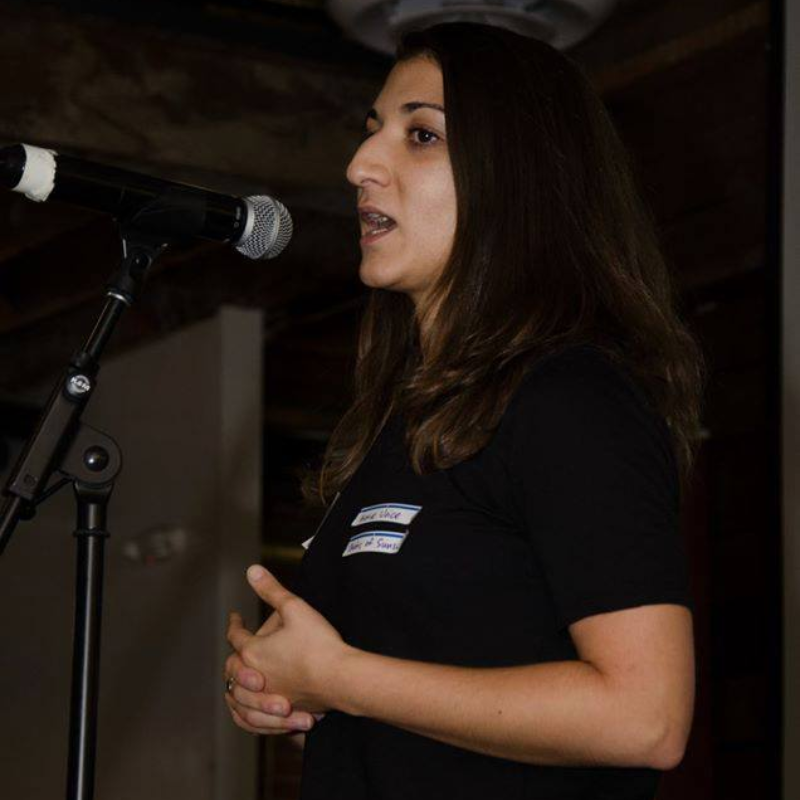Confessions of a Former Nonprofit ED
As a young executive director, I once flew across the country to meet with a new funder. I had spent weeks preparing for the meeting, in hopes of building a relationship that would lead to ongoing support and dialogue.
I arrived at the foundation nervous and hopeful, with a stack of my organization’s collateral and a mental list of ideas and questions for our discussion. I had thought carefully about my appearance, wearing my hair deliberately tied back and small, discreet earrings instead of my usual big dangly ones.
At 10am, a staff member came to fetch me, informing me that my funder was in another meeting and had asked her associate to meet with me in the meantime. Fighting the sinking feeling in the pit of my stomach, I followed the associate to the meeting room and proceeded to make friendly conversation.
At 10:45am, my funder finally walked in. With a hurried apology and an air of distraction, she leaned up against her desk with crossed arms. “So what brings you in today?” she asked, looking down at me. Fumbling through my well-planned discussion points, I struggled to make the most of our remaining 15 minutes.
I remember how demoralized I felt. This meeting had represented opportunity and possibility – a chance to build a new relationship with a funder who I assumed shared an interest in my organization’s work. But I walked out of there feeling powerless, deflated, and anxious about our chances for a funding renewal.
This story probably sounds familiar to most nonprofit leaders who are forced to navigate this uneven funder-grantee power dynamic day in and day out. Some are able to dance the dance with grace and ease. For me, experiences like this were debilitating. And as a first-time executive director and a person of color, the deck felt heavily stacked against me.
Back then, what kept me going was my passion for the work, my confidence in my team, and my relationships with the funders and allies who genuinely trusted my leadership and vision. It gave me a sense of hope that things could get better.
Today, there is a growing national movement to address power in philanthropy. As part of this cultural moment of reckoning, the Trust-Based Philanthropy Project invites foundations to recognize how they may be perpetuating power imbalances, even in the simple context of a meeting. We offer concrete practices that can help alleviate those dynamics while also bringing greater joy and learning to the work.
As the director of this project, my life is very different than it was six years ago. I am fortunate not to carry the burden of fundraising, thanks to multi-year commitments by our project’s funders and the active involvement of our steering committee. I know I can confidently engage in a conversation with any of our funder allies without worrying how big my earrings are.
But I haven’t lost sight of my former self – that nervous, young ED who put everything she had into her work. I do this work for nonprofit leaders like her, who are working to make real change for their communities—so that they might have a partner at the other side of the table who asks not, “What brings you in today?”, but rather, “How can I support you?”

